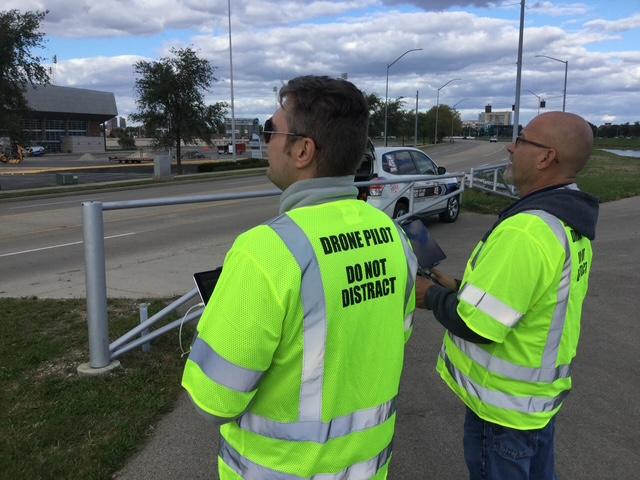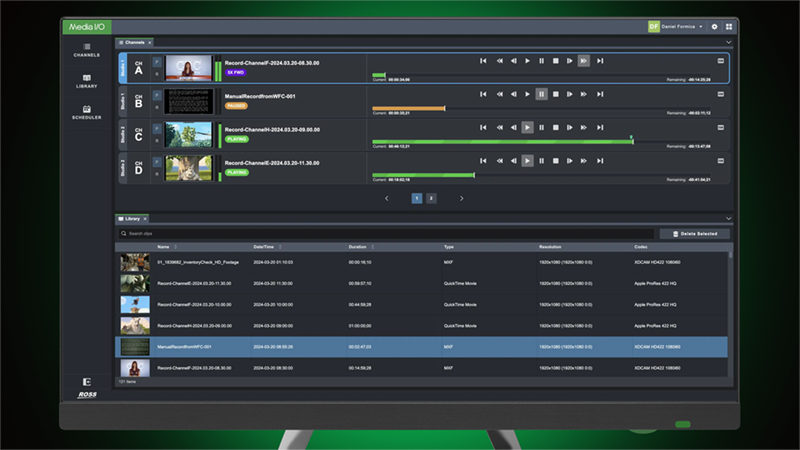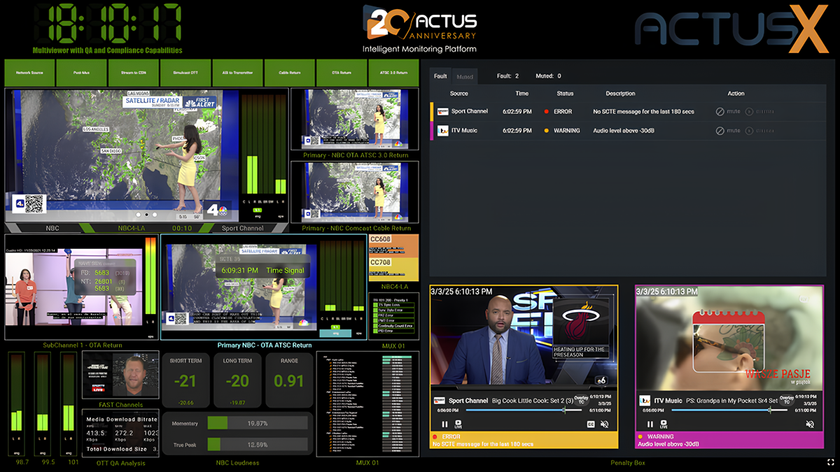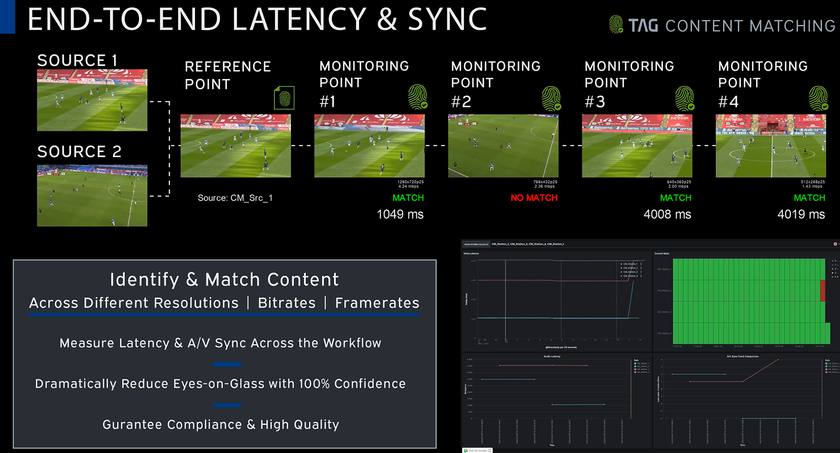Digital Alert Systems Issues Guidance for Aug. 7 Mandatory National EAS Test
LYNDONVILLE, N.Y. — July 10, 2019 — Digital Alert Systems, the global leader in emergency communications solutions for video services providers, today announced guidance ahead of the next National Periodic Test of the Emergency Alert System (EAS), scheduled for Aug. 7 at 2:20 p.m. EDT. All broadcast and cable operators must participate in the test, which is conducted by the Federal Emergency Management Agency (FEMA) and the Federal Communications Commission (FCC). Digital Alert Systems' preparation document is available to all at http://www.digitalalertsystems.com/DAS_PDF/DAS%20FSB-7119.pdf.
"This year's national EAS test is happening almost two months earlier than last year's, so now is a good time to start preparing if you haven't already. We put together a brief with the necessary steps people must take and recommendations that will help ensure a successful test," said Ed Czarnecki, senior director of strategy and government affairs for Monroe Electronics and Digital Alert Systems. "The FCC issued a report on the outcome of the 2018 test and noted that, for the small percentage of test failures, the main problems were audio quality issues, equipment misconfigurations, out-of-date software, and device failure. Our readiness document can help operators avoid those pitfalls."
An important part of the test procedure is submitting the required forms through the FCC's EAS Test Reporting System site (ETRS). Form One, which covers EAS equipment status, was due by July 3. Form Two, which will track how the system performs on the day of the test, is due on Aug. 7. Finally, Form Three, which will cover additional detail on any test issues or failures, is due by Sept. 23.
In addition to completing the required paperwork, EAS participants should take other steps to prepare for the test. These steps include checking that EAS equipment is powered on and operating and that backup power is functional; ensuring that the equipment's radio monitors are tuned to the appropriate monitoring sources to accept national alerts; and ensuring that the equipment's software is updated. For example, Digital Alert Systems DASDEC™ and One-Net™ devices should be operating with at least version 3.0 software. Proper equipment configuration is also important, especially when it comes to the system clock. Participants should confirm their devices are synced to the right time and time zone.
"The Digital Alert Systems guidance is intended not just for DASDEC and One-Net users, but for any EAS participant. These national tests are most effective when everyone is prepared and the technology is ready to go, so we invite everyone to share the document within your organizations," Czarnecki added.
The 2019 test will be disseminated via the EAS broadcast-based Primary Entry Point (PEP) system and not the internet-based FEMA IPAWS CAP message system as it was last year. The results will help FEMA and the FCC further assess how the national EAS would function should a national emergency occur when the internet and other forms of communication are unavailable. If conditions on the day of the test require it, the test will be rescheduled to Aug. 21.
Further information about Digital Alert Systems and its products is available at www.digitalalertsystems.com.
# # #
About Digital Alert Systems
Digital Alert Systems is the leading innovator of next-generation Common Alerting Protocol (CAP) and Emergency Alert Systems (EAS) for radio and television broadcasters. In 2009, Digital Alert Systems merged with Monroe Electronics, whose EAS products are the widely accepted standard for CATV. From its headquarters in Lyndonville, New York, Digital Alert Systems provides R&D, manufacturing, sales, and customer service for all Digital Alert Systems, Monroe Electronics One-Net™ brands and maintains its hard-earned reputation for quality, reliability, and service to valued customers around the world.
More information is available at www.digitalalertsystems.com.
All trademarks appearing herein are the property of their respective owners.
Link to Word Doc: www.wallstcom.com/Monroe/190710DAS.docx
Get the TV Tech Newsletter
The professional video industry's #1 source for news, trends and product and tech information. Sign up below.













